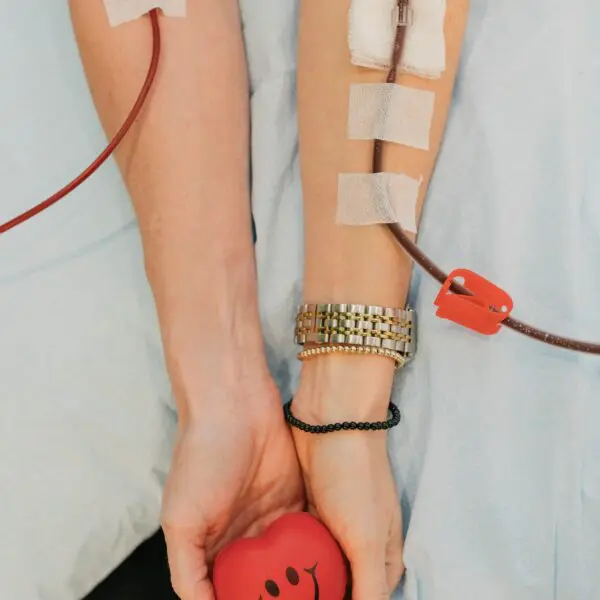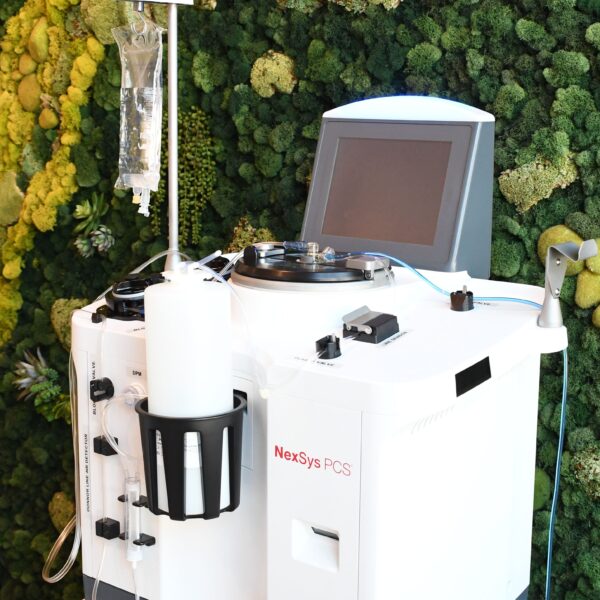A new study is shedding light on a powerful and unexpected connection between head injuries, a common virus, and neurodegenerative diseases like Alzheimer’s.
Researchers have found that repeated mild traumatic brain injuries (TBIs) may reactivate herpes simplex virus type 1 (HSV-1) in the brain. This viral reactivation can then trigger changes that are commonly associated with Alzheimer’s disease (AD), dementia, and chronic traumatic encephalopathy (CTE).
Using a 3D human brain tissue model, the research team simulated mechanical brain injuries to explore what happens when dormant HSV-1 becomes active again. The results were striking. In brain tissue from individuals carrying the APOE4 genetic variant, repeated injuries reawakened HSV-1 and set off a cascade of damaging neurological changes.
These changes included:
- Increased production and accumulation of beta amyloid
- Build-up of phosphorylated tau
- Heightened gliosis (a marker of brain inflammation)
All of these are hallmark features seen in Alzheimer’s and other forms of dementia.
One of the study’s most important findings involved the inflammatory molecule IL-1β. When researchers blocked IL-1β in the tissue models, they were able to prevent both amyloid formation and gliosis. This suggests that neuroinflammation plays a key role in the damaging effects of HSV-1 reactivation and that it may be a target for future treatments.
Who’s Most at Risk?
This research highlights that people with the APOE4 gene and a history of repeated head trauma, such as athletes, veterans, or individuals with certain occupational hazards, may be especially vulnerable to this virus-injury interaction. It also raises important questions about whether controlling viral load or preventing HSV-1 reactivation could reduce the risk of Alzheimer’s and related diseases.
While the study did not directly test whether reducing HSV-1 levels can lower dementia risk, the findings support the idea that keeping viral load low, particularly of HSV-1, may be protective, especially in high-risk individuals.
Why It Matters
This research is still in the early stages and based on lab-grown brain tissue. However, it offers a compelling model for how two known risk factors, traumatic brain injury and HSV-1 infection, might work together to increase the risk of neurodegenerative disease.
It also opens the door to potential treatment strategies aimed at:
- Blocking inflammation (like IL-1β)
- Preventing HSV-1 reactivation
- Reducing systemic viral loads
At least anecdotally, therapies such as ozone dialysis may support this effort, although more research is needed to determine its effectiveness in reducing viral burden in the brain.
This study adds an important piece to the puzzle of how dementia develops and offers hope that by addressing its hidden triggers, we may find new ways to prevent or delay these devastating conditions.
-Dr. Purita
















